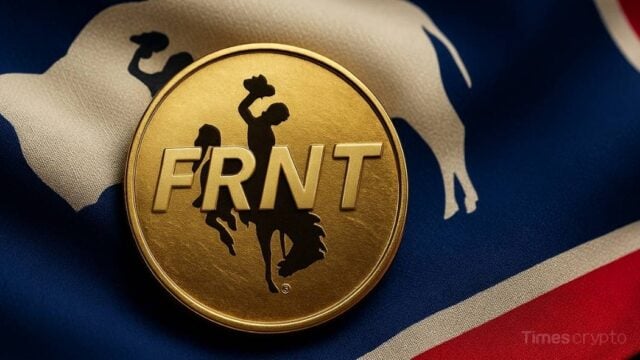Key Takeaways:
- Banking milestone: First global bank-issued public stablecoin (USDCV) goes live in July
- Dual-chain launch: Available on both Ethereum and Solana for maximum accessibility
- Institutional-grade: BNY Mellon serves as a reserve custodian with daily transparency reports
- Regulatory edge: Fully compliant with Europe’s Markets in Crypto-Assets Regulation (MiCA) framework
- US exclusion: Not available to American residents due to regulatory constraints
Traditional Finance Meets DeFi in Groundbreaking Move
Societe Generale’s crypto subsidiary SG-FORGE is rewriting the banking playbook with its launch of USD CoinVertible (USDCV), the first published stablecoin on a public blockchain from a major global bank. The dollar-pegged stablecoin will trade on Ethereum and Solana starting in July, with BNY Mellon safeguarding its reserves in a combination of traditional custody and Web3 innovation.
This follows SG-FORGE’s launch of EUR CoinVertible (EUR-CV) in 2023, firmly establishing the French bank as the most crypto-forward institution in traditional finance.
Why This Stablecoin Stands Out
1. Unprecedented Banking Endorsement
Unlike private stablecoin issuers (Tether, Circle), USDCV carries:
- Full backing from a G-SIB (globally systemically important bank)
- Daily reserve attestations are published transparently
- Electronic Money Institution (EMI) license under France’s Autorité de contrôle prudentiel et de résolution (ACPR) regulator
2. Strategic Infrastructure
- BNY Mellon’s custody ensures institutional trust
- Dual-chain availability caters to both the Ethereum Virtual Machine (EVM) and Solana ecosystems
- 24/7 forex conversion between EURCV and USDCV
3. Regulatory First-Mover Advantage
Designed under Europe’s Markets in Crypto-Assets Regulation (MiCA) framework, USDCV avoids the legal gray areas plaguing competitors.
This gives clients institutional-grade stablecoins without compromising compliance, and it’s one more step towards mainstream crypto adoption.
Market Impact: A Threat to USDT and USDC?
While the $160B stablecoin market remains dominated by Tether (USDT) and Circle (USDC), USDCV’s unique advantages could disrupt:
- Corporate treasury management
- Institutional DeFi participation
- Cross-border payments in regulated markets
Notably absent: US customers, excluded due to regulatory hurdles, a stark reminder of America’s lagging crypto clarity.
The Future of Bank-Issued Stablecoins
SG-FORGE’s move signals that major banks now see public blockchains as critical infrastructure rather than experimental tech. With BNY Mellon’s custody stamp of approval, expect more Tier 1 banks to follow suit.
Will bank-issued stablecoins eventually overtake private alternatives? For institutions prioritizing compliance over anonymity, the answer may be “oui.”
For more on MiCA’s impact, read our article on: Google Tightens Crypto Ad Rules in Europe: New MiCA Compliance







